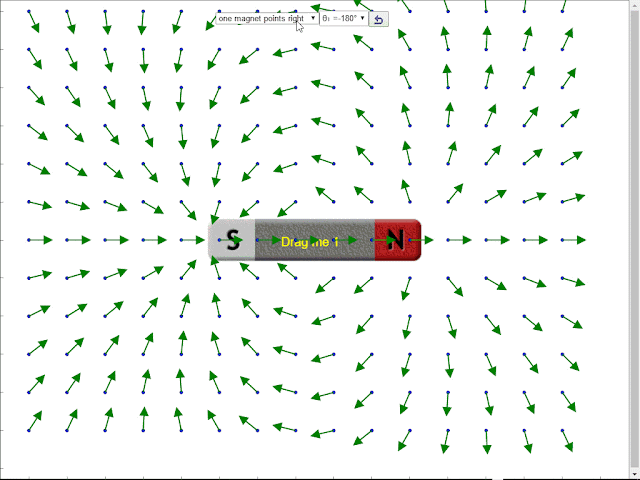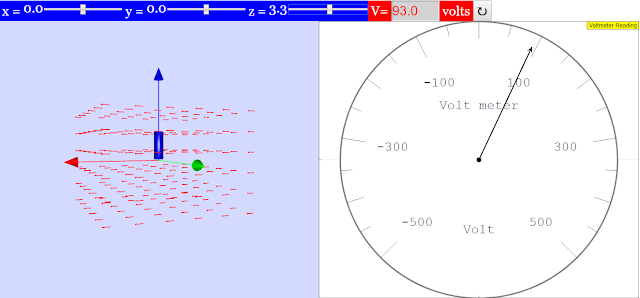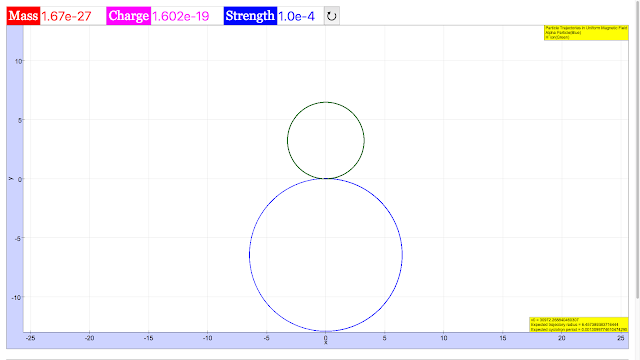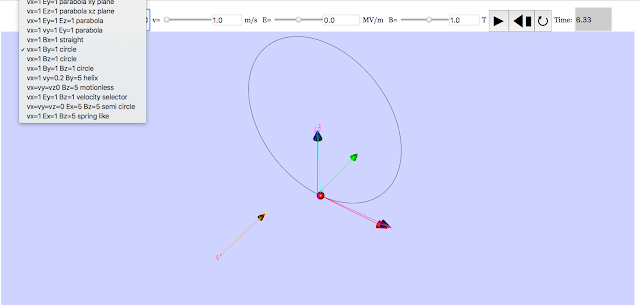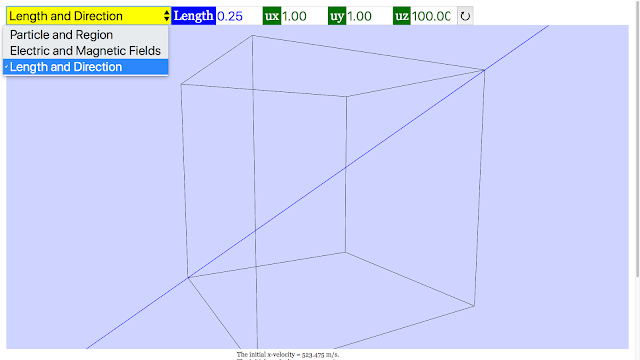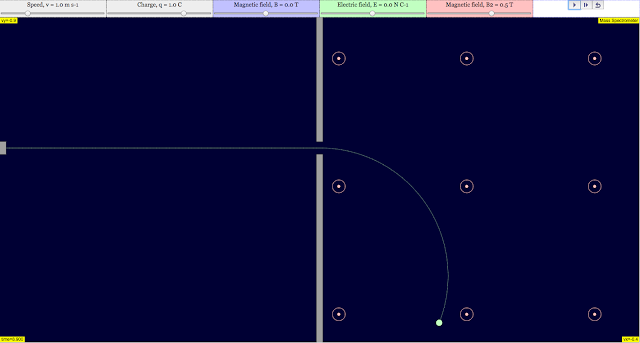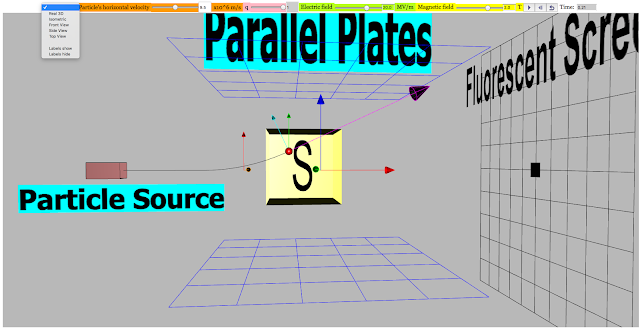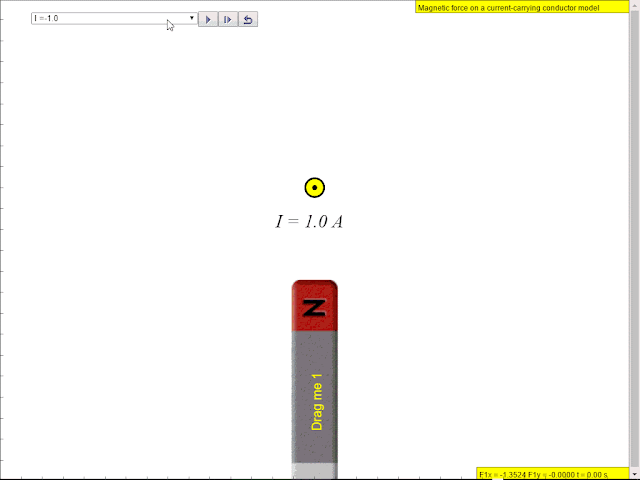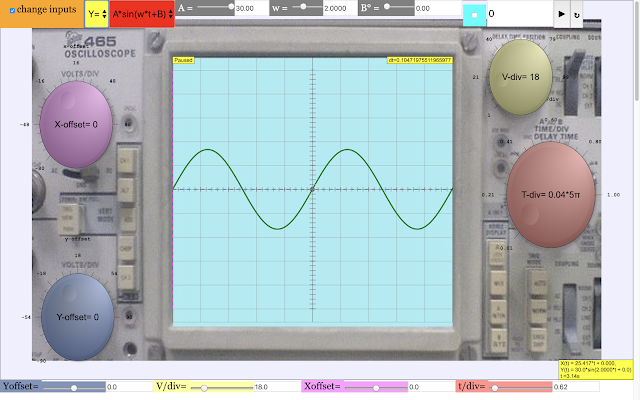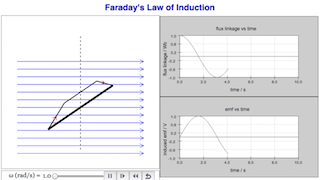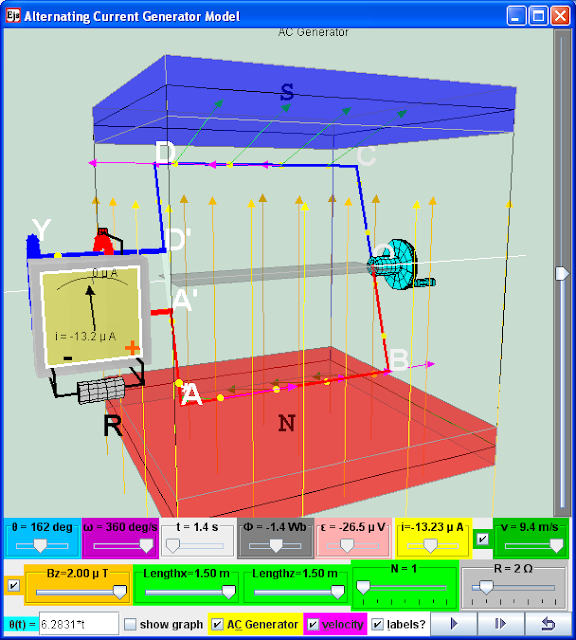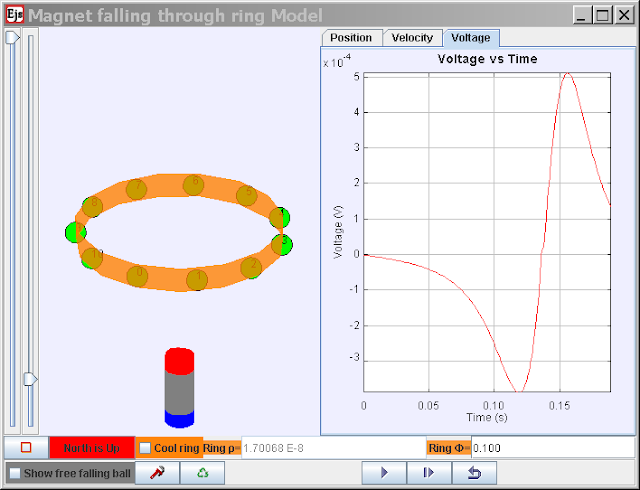Breadcrumbs
05 Electricity and Magnetism
Electricity & Magnetism. In this section, learners explore the diversity of phenomena related to the fundamental physical property of (electric) charge, which experiences forces when interacting with electric and magnetic fields. There is a close analogy between mass in a gravitational fields and charge in an electric field. Electromagnetic forces can cause the kinds of motion studied in the earlier mechanics topics, and the microscopic behaviour of individual charges is connected to macroscopic property of current in circuit systems. The principle of conservation of energy guides the analysis of circuits containing resistors and e.m.f. sources. In H2 Physics, the consideration of charge storage in capacitors deepens learners’ appreciation of applications in electronics. The mathematics of oscillations and waves prove useful here for describing alternating currents in the electrical grid. In H3 Physics, the laws of electromagnetism are recast in integral form, which emphasises their geometrical nature, and allows characterisation of more complex field patterns. Learners explore the rotational motion of electric and magnetic dipoles, as well as the modification of electromagnetic fields in dielectric and ferromagnetic media, which is crucial for technological applications. In electrical circuits, the analogy with mechanical oscillations is established when inductive components are added to resistive and capacitive components.
Big ideas1. Electrical charge is a property of matter. Electrons can be transferred from one place to another, but cannot be created or destroyed. 2. Electricity is one of the most common means by which we transfer energy; the electrical current (moving charges) brings us energy from power plants when there is a complete (closed) circuit from the power plants to our homes or to industries. 3. In a closed circuit, potential difference, current, and resistance are related; a change in any part of the circuit affects all other parts (almost) instantaneously. By using various electrical components in different arrangements, we are able to set up practical circuits to serve specific purposes. 4. Naturally occurring magnets, as well as man-made magnets, interact with other magnets or magnetic materials. A freely suspended magnet comes to rest pointing in the N-S direction due to its interaction with the Earth’s magnetic field. 5. Electricity and magnetism are related effects that have many applications in everyday life: moving charges (electric current) create magnetic fields; varying magnetic fields create electric fields (electromagnetic induction). 6. complex systems may also be better characterised by statistical averages (e.g. drift velocity, temperature) as these quantities may be more meaningful than the properties and behaviours of individual components (e.g. electron movement in a wire resulting in the current).
- Details
- Written by Fremont
- Parent Category: 05 Electricity and Magnetism
- Category: 07 Magnetism
- Hits: 20057
Read more: Bar Magnet Field Line Simulator JavaScript Simulation Applet HTML5
- Details
- Written by Loo Kang Wee
- Parent Category: 05 Electricity and Magnetism
- Category: 07 Magnetism
- Hits: 12377
Read more: 🌎Earth and Bar Magnet JavaScript HTML5 Applet Simulation Model
- Details
- Written by Loo Kang Wee
- Parent Category: 05 Electricity and Magnetism
- Category: 07 Magnetism
- Hits: 41480
Read more: 🧲2 Magnetic Bars Field JavaScript HTML5 Applet Simulation Model
- Details
- Written by Loo Kang Wee
- Parent Category: 05 Electricity and Magnetism
- Category: 08 Electromagnetism
- Hits: 2386
Read more: Building a Magnetic Field around a wire Simulation with Gemini 2.5 Pro
- Details
- Written by Coco Lee
- Parent Category: 05 Electricity and Magnetism
- Category: 08 Electromagnetism
- Hits: 12719
- Details
- Written by Coco Lee
- Parent Category: 05 Electricity and Magnetism
- Category: 08 Electromagnetism
- Hits: 47381
- Details
- Written by Fremont
- Parent Category: 05 Electricity and Magnetism
- Category: 08 Electromagnetism
- Hits: 8554
Read more: Coulomb Pendulum JavaScript Simulation Applet HTML5
- Details
- Written by Fremont
- Parent Category: 05 Electricity and Magnetism
- Category: 08 Electromagnetism
- Hits: 8177
Read more: Magnet Passing Through a Stationary Solenoid JavaScript Simulation Applet HTML5
- Details
- Written by Fremont
- Parent Category: 05 Electricity and Magnetism
- Category: 08 Electromagnetism
- Hits: 4914
Read more: Magnetic Inclusion Simulator JavaScript Simulation Applet HTML5
- Details
- Written by Fremont
- Parent Category: 05 Electricity and Magnetism
- Category: 08 Electromagnetism
- Hits: 7064
Read more: Two Magnets Falling in Copper Tube Simulator JavaScript Simulation Applet HTML5
- Details
- Written by Fremont
- Parent Category: 05 Electricity and Magnetism
- Category: 08 Electromagnetism
- Hits: 4593
Read more: Magnet Falling in a Coil with Tube Simulator JavaScript Simulation Applet HTML5
- Details
- Written by Fremont
- Parent Category: 05 Electricity and Magnetism
- Category: 08 Electromagnetism
- Hits: 8456
Read more: Magnet Falling in a Coil with Tube Simulator JavaScript Simulation Applet HTML5
- Details
- Written by Fremont
- Parent Category: 05 Electricity and Magnetism
- Category: 08 Electromagnetism
- Hits: 5661
Read more: Magnet Falling Through A Ring JavaScript Simulation Applet HTML5
- Details
- Written by Fremont
- Parent Category: 05 Electricity and Magnetism
- Category: 08 Electromagnetism
- Hits: 5932
Read more: Faraday Experiment JavaScript Simulation Applet HTML5
- Details
- Written by Fremont
- Parent Category: 05 Electricity and Magnetism
- Category: 08 Electromagnetism
- Hits: 4777
Read more: Moving Linear Conductor JavaScript Simulation Applet HTML5
- Details
- Written by Fremont
- Parent Category: 05 Electricity and Magnetism
- Category: 08 Electromagnetism
- Hits: 6502
- Details
- Written by Fremont
- Parent Category: 05 Electricity and Magnetism
- Category: 08 Electromagnetism
- Hits: 13647
Read more: Cyclotron Simulator JavaScript Simulation Applet HTML5
- Details
- Written by Fremont
- Parent Category: 05 Electricity and Magnetism
- Category: 08 Electromagnetism
- Hits: 17112
Read more: 🧲Magnetic Field From Loop SImulator JavaScript Simulation Applet HTML5
- Details
- Written by Fremont
- Parent Category: 05 Electricity and Magnetism
- Category: 08 Electromagnetism
- Hits: 9749
Read more: 🧲Helmholtz Coil Simulator JavaScript Simulation Applet HTML5
- Details
- Written by Fremont
- Parent Category: 05 Electricity and Magnetism
- Category: 08 Electromagnetism
- Hits: 9288
- Details
- Written by Fremont
- Parent Category: 05 Electricity and Magnetism
- Category: 08 Electromagnetism
- Hits: 6455
- Details
- Written by Fremont
- Parent Category: 05 Electricity and Magnetism
- Category: 08 Electromagnetism
- Hits: 5737
- Details
- Written by Fremont
- Parent Category: 05 Electricity and Magnetism
- Category: 08 Electromagnetism
- Hits: 7144
Read more: PICUP Wien (E x B) Filter Exercise 2 JavaScript HTML5 Applet Simulation Model
- Details
- Written by Fremont
- Parent Category: 05 Electricity and Magnetism
- Category: 08 Electromagnetism
- Hits: 6298
Read more: PICUP Wien (E x B) Filter Exercise 1 JavaScript HTML5 Applet Simulation Model
- Details
- Written by Fremont
- Parent Category: 05 Electricity and Magnetism
- Category: 08 Electromagnetism
- Hits: 19688
Read more: Mass Spectrometer JavaScript HTML5 Applet Simulation Model by Leong TK
- Details
- Written by Loo Kang Wee
- Parent Category: 05 Electricity and Magnetism
- Category: 08 Electromagnetism
- Hits: 10245
Read more: Velocity Selector Electric and Magnetic Force JavaScript HTML5 Applet Simulation Model
- Details
- Written by Loo Kang Wee
- Parent Category: 05 Electricity and Magnetism
- Category: 08 Electromagnetism
- Hits: 22474
- Details
- Written by Loo Kang Wee
- Parent Category: 05 Electricity and Magnetism
- Category: 08 Electromagnetism
- Hits: 22873
Read more: Magnetic Field of 2 current conducting wires JavaScript HTML5 Applet Simulation Model
- Details
- Written by Loo Kang Wee
- Parent Category: 05 Electricity and Magnetism
- Category: 08 Electromagnetism
- Hits: 8997
Read more: Bar Magnet and a conducting wire JavaScript HTML5 Applet Simulation Model
- Details
- Written by Loo Kang Wee
- Parent Category: 05 Electricity and Magnetism
- Category: 08 Electromagnetism
- Hits: 23477
- Details
- Written by Loo Kang Wee
- Parent Category: 05 Electricity and Magnetism
- Category: 08 Electromagnetism
- Hits: 14469
Read more: 🧲EJS Lorentz Force 3D Java Applet Simulation Model
- Details
- Parent Category: 05 Electricity and Magnetism
- Category: 08 Electromagnetism
- Hits: 21216
- Details
- Written by Wei Chiong
- Parent Category: 05 Electricity and Magnetism
- Category: 09 Electromagnetic Induction
- Hits: 10065
- Details
- Written by Fremont
- Parent Category: 05 Electricity and Magnetism
- Category: 09 Electromagnetic Induction
- Hits: 7728
Read more: 🧲Long Magnet Falling Through Long Coil JavaScript Simulation Applet HTML5
- Details
- Parent Category: 05 Electricity and Magnetism
- Category: 09 Electromagnetic Induction
- Hits: 28541
Read more: Oscilloscope Model JavaScript HTML5 Applet Simulation Model
- Details
- Parent Category: 05 Electricity and Magnetism
- Category: 09 Electromagnetic Induction
- Hits: 25475
- Details
- Written by Loo Kang Wee
- Parent Category: 05 Electricity and Magnetism
- Category: 09 Electromagnetic Induction
- Hits: 8624
Read more: Faraday Law JavaScript HTML5 Applet Simulation Model by Seng Kwang Tan
- Details
- Written by Loo Kang Wee
- Parent Category: 05 Electricity and Magnetism
- Category: 09 Electromagnetic Induction
- Hits: 10501
- Details
- Written by Loo Kang Wee
- Parent Category: 05 Electricity and Magnetism
- Category: 09 Electromagnetic Induction
- Hits: 17955
- Details
- Written by Loo Kang Wee
- Parent Category: 05 Electricity and Magnetism
- Category: 09 Electromagnetic Induction
- Hits: 8611
- Details
- Parent Category: 05 Electricity and Magnetism
- Category: 09 Electromagnetic Induction
- Hits: 6945
- Details
- Parent Category: 05 Electricity and Magnetism
- Category: 09 Electromagnetic Induction
- Hits: 33553
- Details
- Written by Fremont
- Parent Category: 05 Electricity and Magnetism
- Category: 10 Capacitors and Inductors
- Hits: 10293
Subcategories
01 Electric Field Article Count: 10
02 Static Electricity Article Count: 4
01 Electromagnetism Article Count: 4
03 AC Article Count: 5
04 Current Article Count: 2
05 Circuits Article Count: 15
06 Practical Electricity Article Count: 4
07 Magnetism Article Count: 13
08 Electromagnetism Article Count: 29
09 Electromagnetic Induction Article Count: 10
10 Capacitors and Inductors Article Count: 1
Page 2 of 2


.png)
